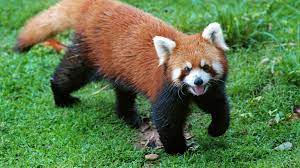Green Turtle
1. Green turtles are one of the largest sea turtles weighing in at anywhere from 150 lbs to 400 lbs, and about 31 - 47 inches in length. Their scientific name is Chelonia mydas and there are about 85,000 to 90,000 left in the wild. Despite common misconceptions, green turtles get their name from the color of their cartilage and fat, not their shells. 2. Green Turtles are mostly found in tropical and subtropical waters. They migrate long distances from where they were hatched to the feeding grounds and back to new hatching grounds. Anywhere from the Atlantic, Pacific, and Indian Oceans as well as the Mediterranean Sea. They have also been spotted near shores of the Gulf of Mexico. Pretty much anywhere near the equator. 3. They are the only herbivores among the different species of sea turtles. Leatherback sea turtles are known for eating jellyfish and of recently green turtles have started eating jellyfish but the hypothesis is because of the lack of sea greens in some...


